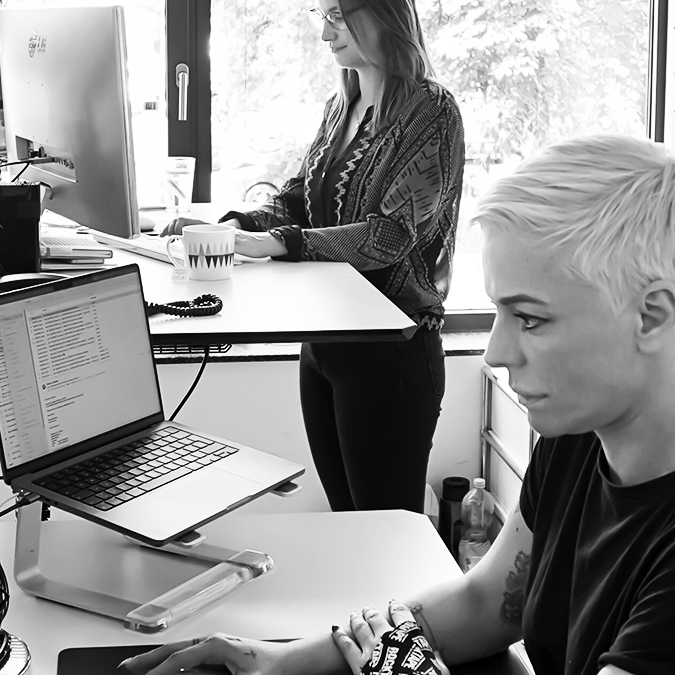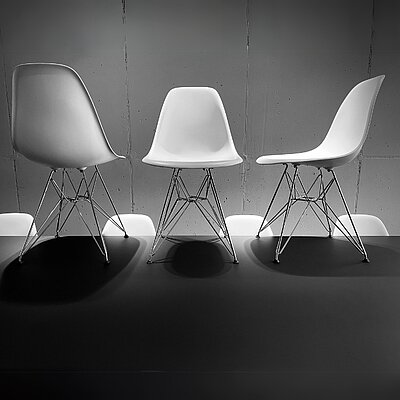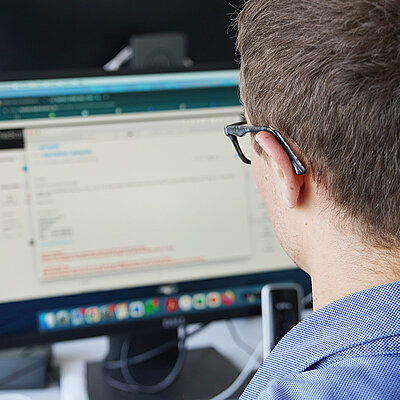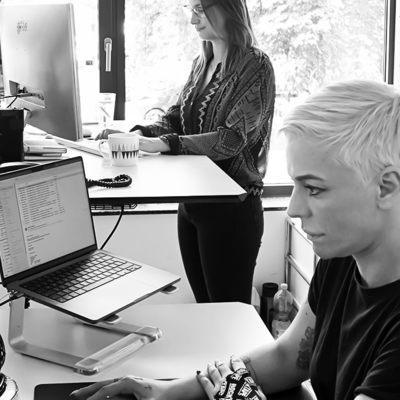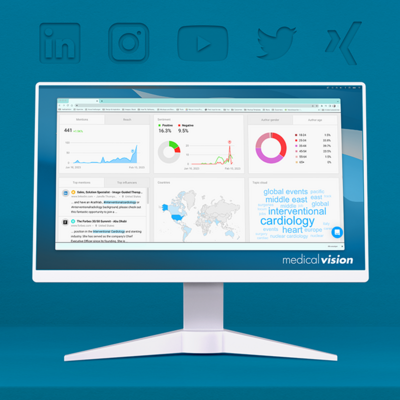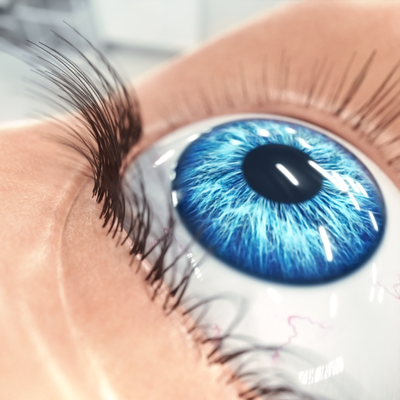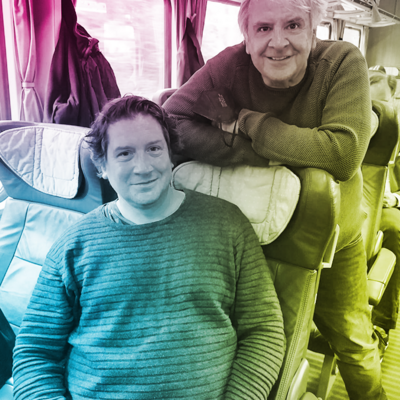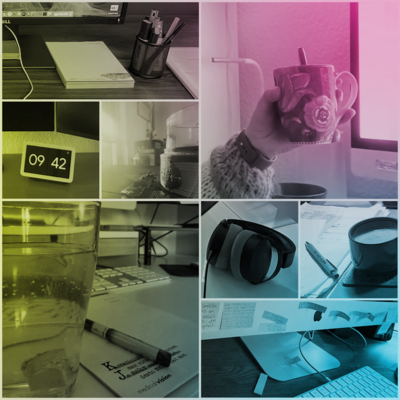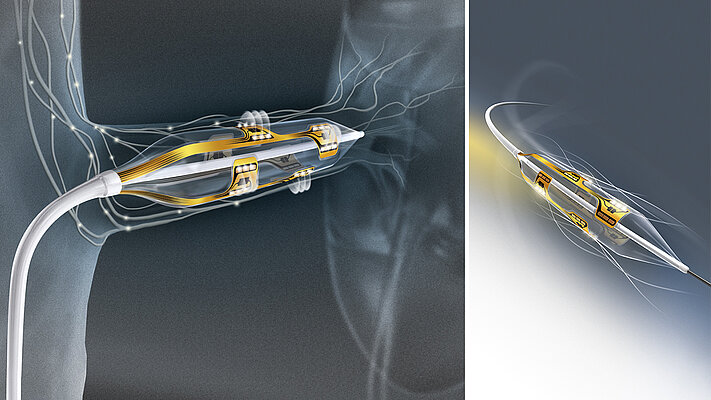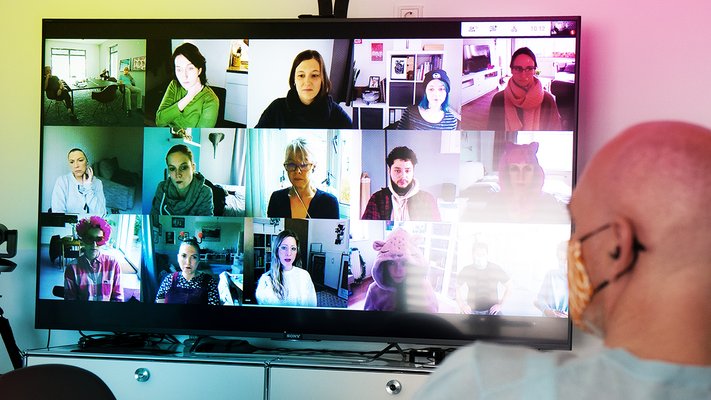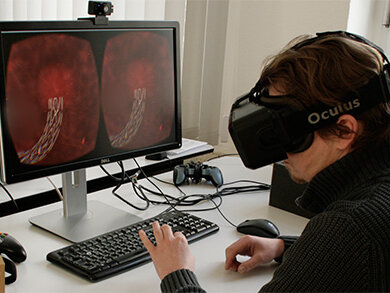Do you know about ”sitting sickness“?
Most people move less than they think they do. We drive to work, we sit on the bus, we take the elevator instead of the stairs, and we sit at work, a lot. After a long day on the job, in most cases we just want to – relax. While sitting. On the couch. Germans sit an average of seven and a half hours a day, young adults up to nine hours thanks to our digitized world. Children take after us in their inactivity. But this is not the case everywhere; Colombians, Brazilians and Portuguese people are the most active in a comparison between all countries and only sit, on average, around three hours a day.
The result of sitting for hours: a noticeable and demonstrable risk to your own health. Studies, for example from the USA, have shown that people who move as much as possible on a daily basis or take a lot of steps have a higher life expectancy than those that don‘t. Experts have a name for this inactivity, the call it ”sitting sickness”.
Why is sitting so bad?
Sitting for long periods slows your metabolism and burns fewer calories. This can lead to obesity and diabetes, and also increases the risk of calcification of coronary arteries and heart attacks. The main reason is the resulting belly fat. Hormones are formed here that can interfere with the body’s immune system and trigger harmful processes. In addition, sitting daily for long periods negatively affects muscle performance. A shortening of unused muscles can lead to poor posture, which may not only lead to a “hunchback” appearance, but may also contribute to persistent back and neck pain.
Contrary to what is commonly believed, intense training sessions a few times a week generally will not compensate for the permanent strain on the body caused by long-term sitting or minimize the associated risks. Even exercising for an hour, three times a week does not compensate for the health risks of sitting. Because the relationship between physical activity and physical inactivity is still imbalanced in favor of inactivity. Thus, the magic word for better health is daily.
More steps, more conscious breaks
Working people usually spend more hours a day at work than at home or at leisure. So it quickly becomes clear that in our everyday office life we need to pay more attention to exercise and actively take and use breaks effectively. We should make an effort to get up out of our chairs more often. Standing and small exercises help prevent muscular tension and keep metabolism from slowing.
Doing little things can be enough: climbing stairs instead of using the elevator, standing when making a phone call, getting something to drink and stretching extensively, rolling your shoulders, maybe even walking around outside for 5 minutes. Standing uses twice as much energy as sitting and it increases muscle tension. Try to reduce the daily sitting time in the office by a quarter or more. If you find yourself forgetting your breaks, use the alarm on your phone to remind you. Or make a plan with other employees to be more active and encourage each other!
Your office as a fitness room
Here are a few simple exercises that you can easily incorporate into your workday. Always do them for at least a minute, breathing evenly.
Torso
While seated, lean your upper body alternately forward and then straighten up. Turn your arms out to the sides when straightening up and inwards when leaning forward.
Upper Back
Stand about a meter away and face the wall, place your palms at shoulder height and shoulder-width apart against the wall. Bend your arms, elbows should be back but not to the side. Bring your face as close to the wall as possible, then push back to your starting position. With this exercise, tighten the core muscles and keep your back straight - the movement should come from your arms. The further away from the wall you stand, the more challenging this exercise will be.
Legs
It can be as simple as this: get up from your chair a few times! To do this, take your outstretched arms forward and get the strength from your legs. Before getting up, pull in your navel and tense your buttocks. Now stand up then sit back down repeatedly.
Full body
Stand behind your chair. Extend your left leg diagonally backwards and your right arm diagonally upwards. Keep your knee and elbow joints straight. Hold the backrest with your opposite hand. Now tense your buttocks and abdomen and perform minimal upward and downward movements with both your arms and legs. Then do the same with your other arm and leg.
If you are going to sit, then do it right
There really is no such thing as “healthy sitting”. Nevertheless, you can minimize the damage sitting can do to your body. You can also adapt your workplace with ergonomically optimal conditions.
Let’s start with a typical computer workstation setup: Having the proper type of chair is key, so take care of that first, worry about the desk and the computer afterwards.
Office chair: Your office chair should have an adjustable height and back and should fit your body’s proportions. Optimal sitting position means your feet are flat on the floor with thighs and lower legs forming a right angle. You should sit leaning back on the chair so there is a fist's width between the inside of your knee and the edge of the seat. The backrest should be upright and support the entire back, but especially the lumbar area (lower back) of your spine. With dropped shoulders, your forearms should rest on the desk. The upper and lower arm should form a right angle here too. If your chair has armrests they should be level to the desk top.
Desk and computer: You should be able to adjust a good desk’s height from between, at minimum, 68 to 76 centimeters (27-30” inches) – but it is better if you can also adjust it to a comfortable standing height. The top of your screen should be as close to eye-level as possible. A lot of monitors are too low, which means you will constantly be looking down and, like constantly looking up, this means stress on your neck muscles. The distance between the eyes and the screen should be between 50 and 70 centimeters (20-28” inches). If you work with a mouse, the entire forearm should rest on the desk or on the armrest when you use it.
So, do yourself a favor and combat sitting sickness and convince those around you to do so as well. Doing so will result in better health in your everyday life.

